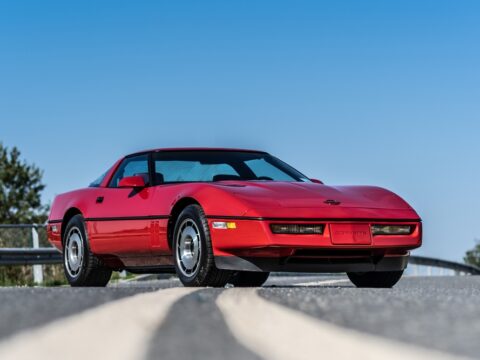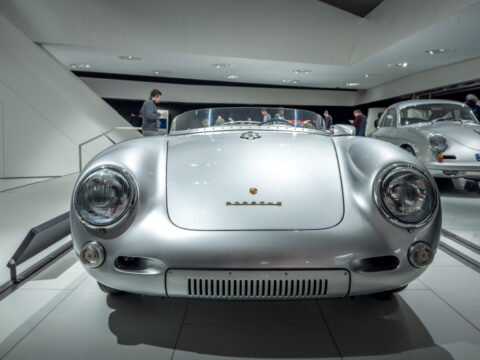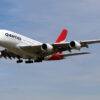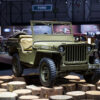Step back in time to the Golden Age of Aviation, an era marked by groundbreaking innovations and the glamorous allure of air travel. Spanning from the 1920s to the 1950s, this period transformed aviation with daring feats and technological breakthroughs. Join us as we explore fascinating facts that highlight the ingenuity and spirit of those early days of flight, which continue to inspire the aviation industry today.
Contents
Introduction of Commercial Passenger Flights

The first scheduled commercial passenger flight took off in 1914, but it was during the Golden Age that air travel became accessible to the public at large. This shift turned aviation into a key industry for global connectivity, paving the way for today’s interconnected world.
Development of Iconic Aircraft Models
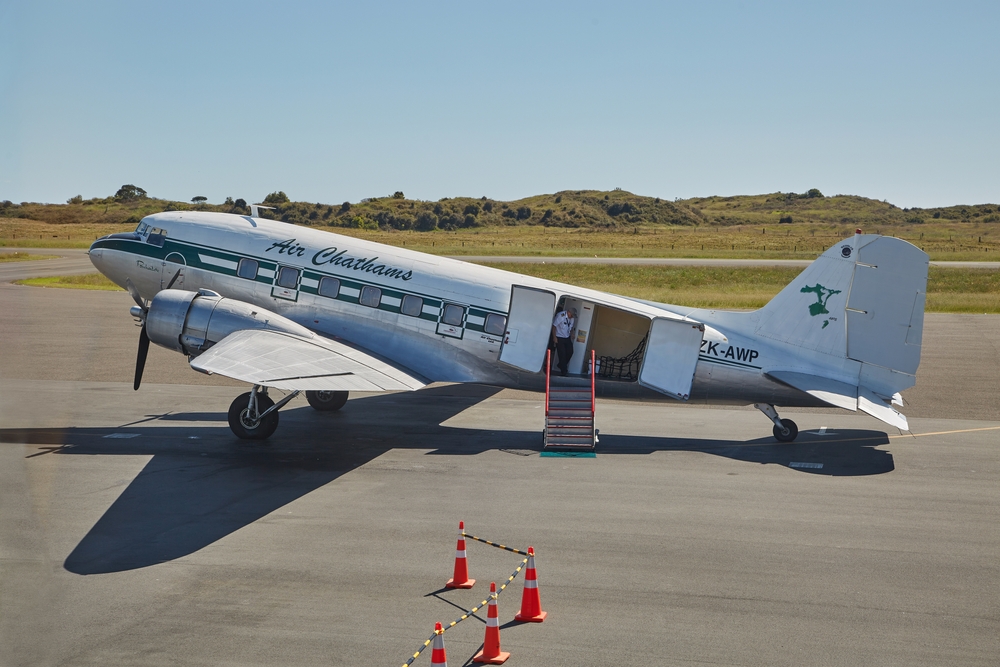
This era saw the creation of iconic aircraft such as the Douglas DC-3, which became the backbone for early commercial aviation due to its reliability and efficiency. These models are celebrated for setting standards in aircraft design.
Development of Pressurized Cabins
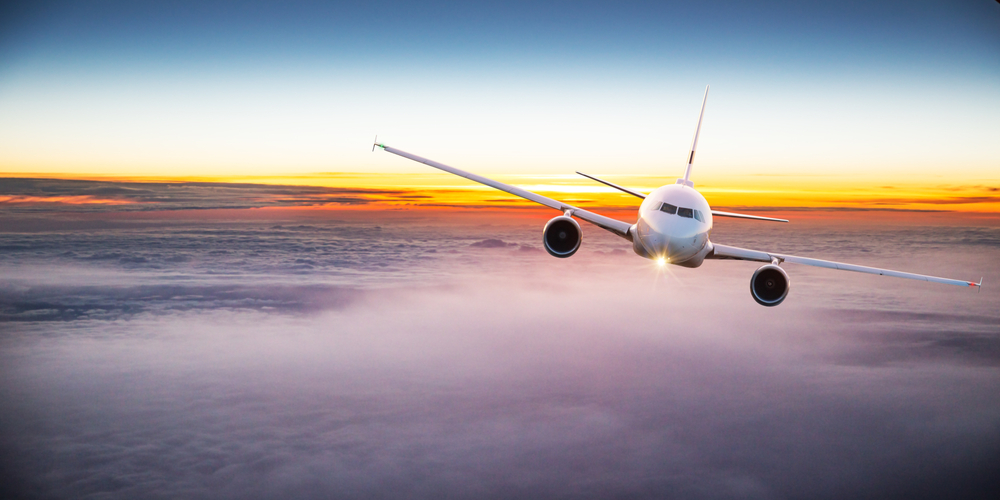
Introduced in the late 1930s, pressurized cabins allowed aircraft to fly higher and avoid weather disturbances, greatly improving the comfort and safety of air travel. This innovation marked a pivotal point in making long-haul flights a viable and routine operation.
Long-Distance Flights Across Continents and Oceans

The ability to fly long distances without stopping transformed the globe into a series of reachable destinations, significantly reducing travel time and bridging distant economies and cultures.
Advancements in Air Navigation and Communication Systems

Breakthroughs such as radio navigation and the introduction of radar in the 1930s enhanced the safety and reliability of flights. These systems allowed pilots to navigate accurately and communicate effectively, critical factors in the expansion of air travel.
Charles Lindbergh’s Solo Nonstop Flight Across the Atlantic in 1927
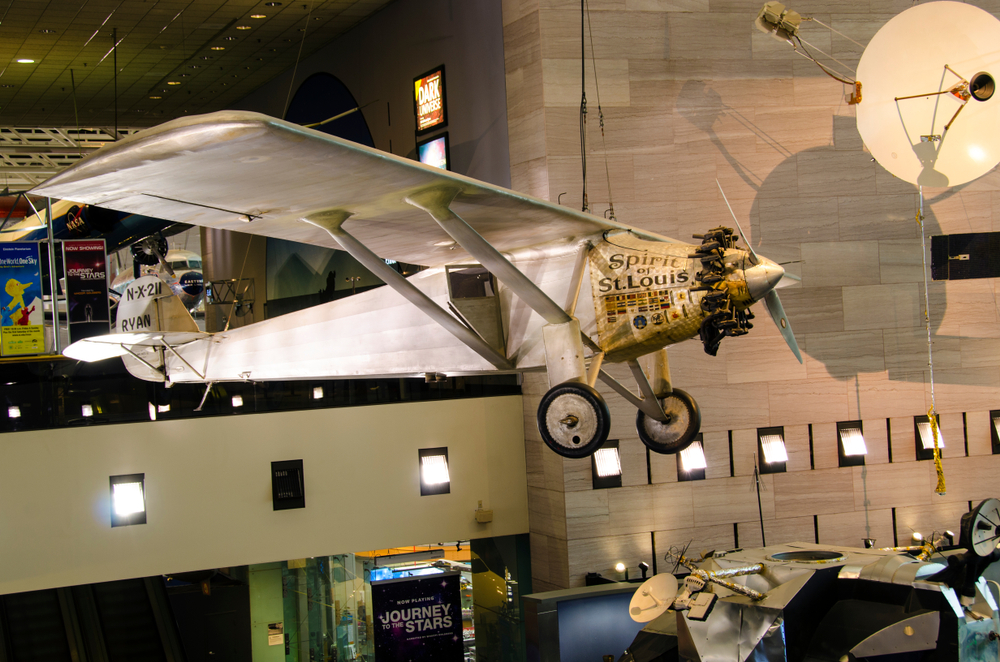
Lindbergh’s historic flight not only captured the public’s imagination but also demonstrated the potential of aviation for long-distance travel, acting as a catalyst for more investment and interest in the aviation sector.
Popularity of Air Shows

Air shows became significant public events that showcased technological advancements and the prowess of pilots. These events played a crucial role in popularizing aviation among the masses and inspiring a new generation of aviators.
Establishment of Major Airlines like Pan American Airways (Pan Am) and British Airways
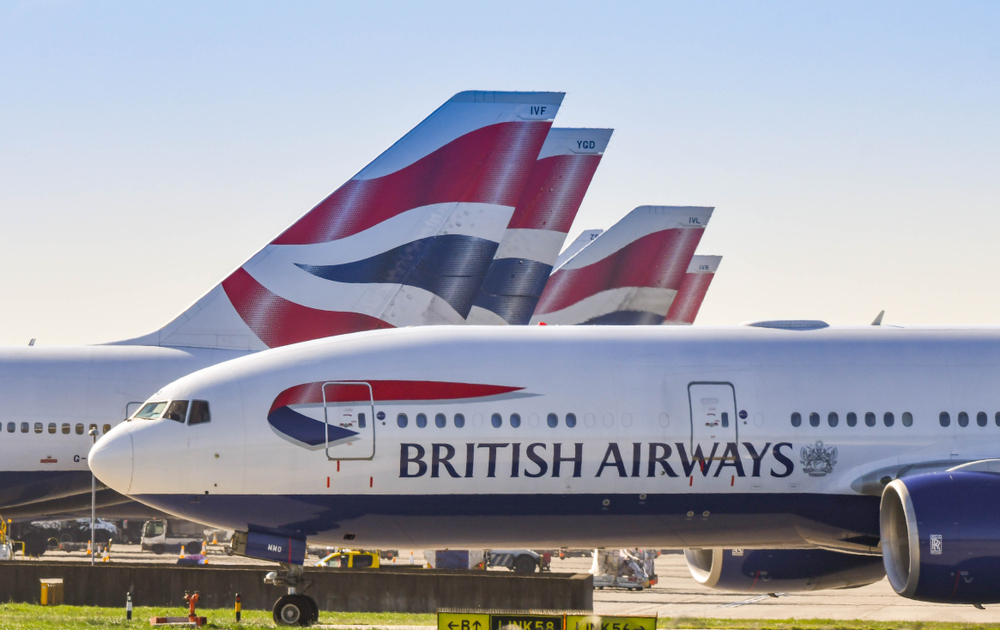
These airlines were pioneers in international travel, setting standards for global aviation and becoming symbols of the romantic era of intercontinental air travel.
In-Flight Bars
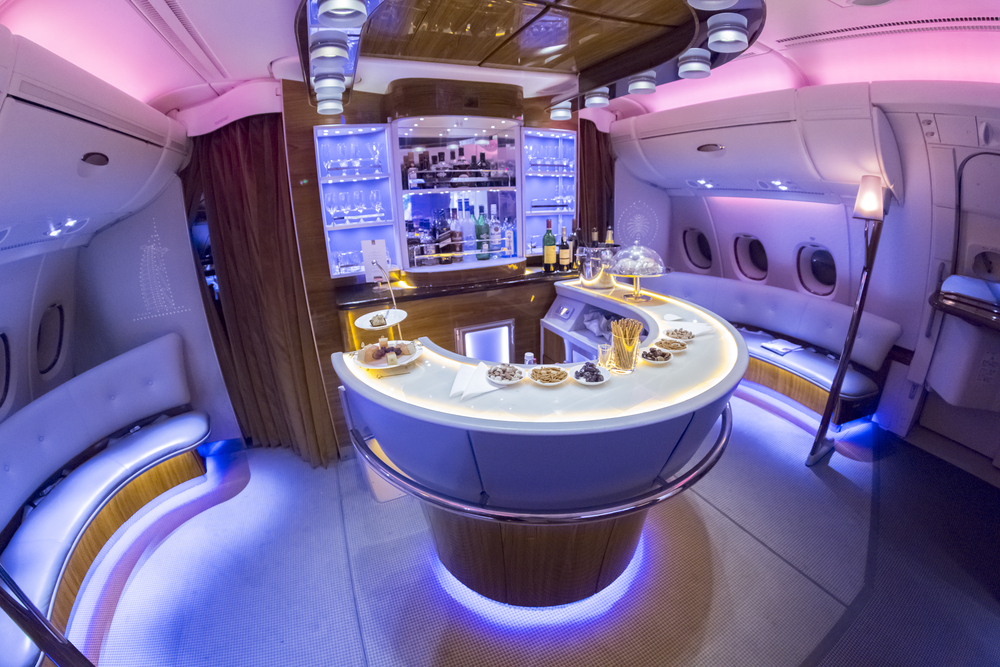
Luxurious in-flight bars were a hallmark of early air travel, especially on transoceanic flights, epitomizing the glamour and allure of flying during this era.
Jet Engine Noise
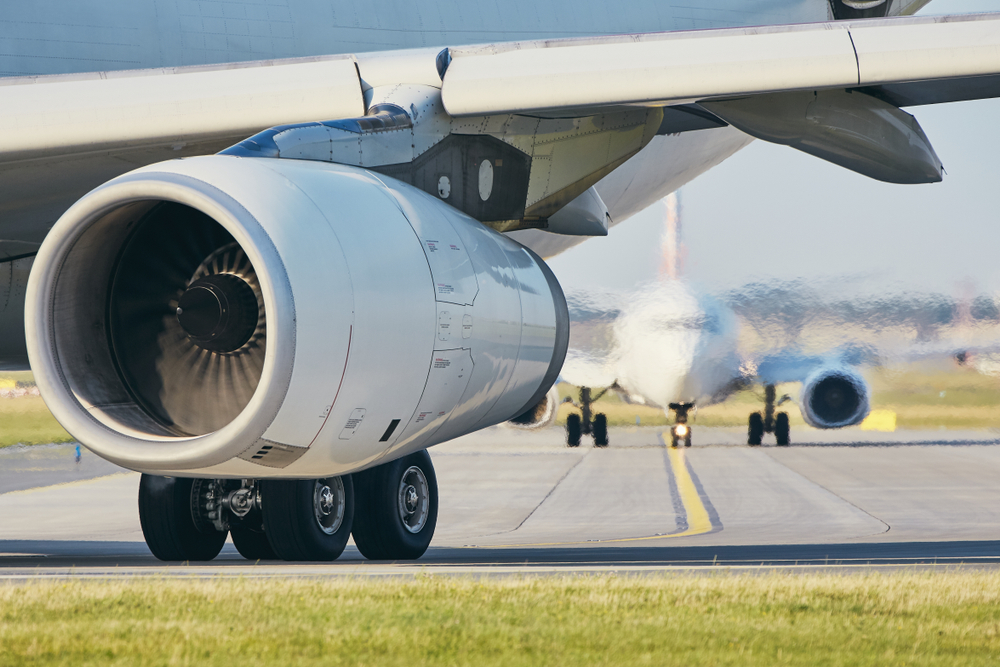
The introduction of jet engines in the late 1940s produced a significant increase in noise levels. This led to noise abatement procedures and technologies, influencing modern environmental standards in aviation.
Smoking in an Airplane
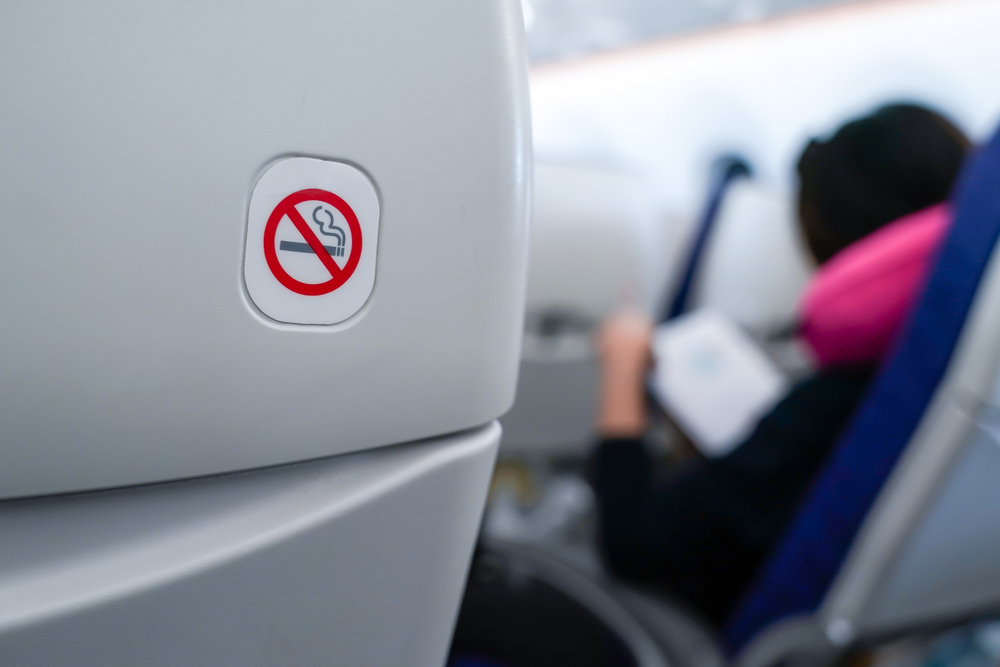
Initially commonplace, smoking on airplanes was a norm until research linked smoking to serious health risks, eventually leading to its prohibition in the interest of passenger health and safety.
Luxurious Air Travel
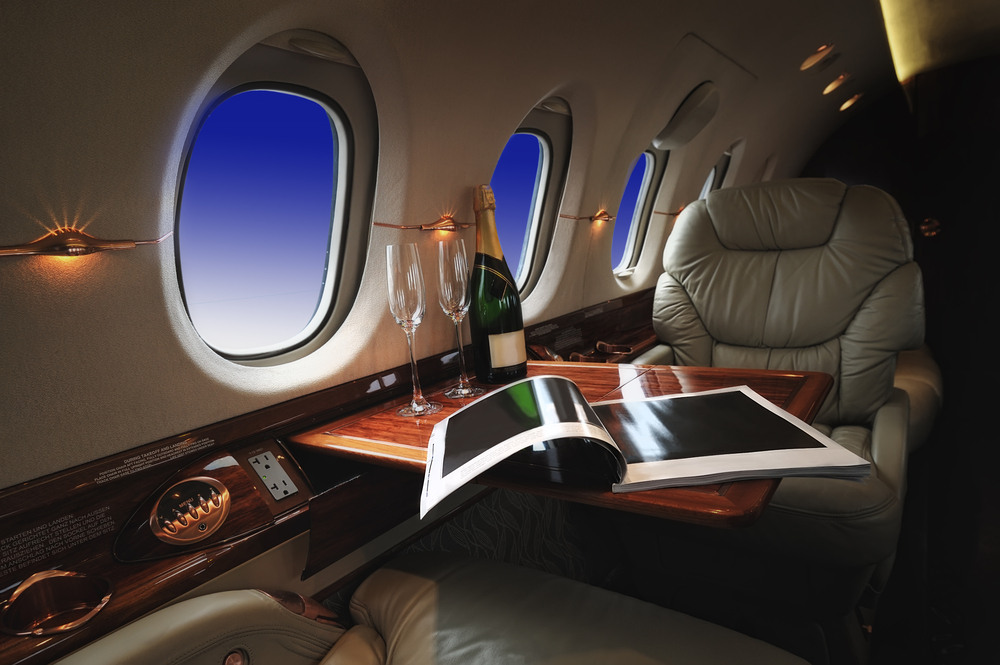
Early air travel was synonymous with luxury, offering elaborate meals and spacious seating, which set a precedent for customer service and cabin class differentiation in later years.
The Use of Seaplanes for Transoceanic Flights
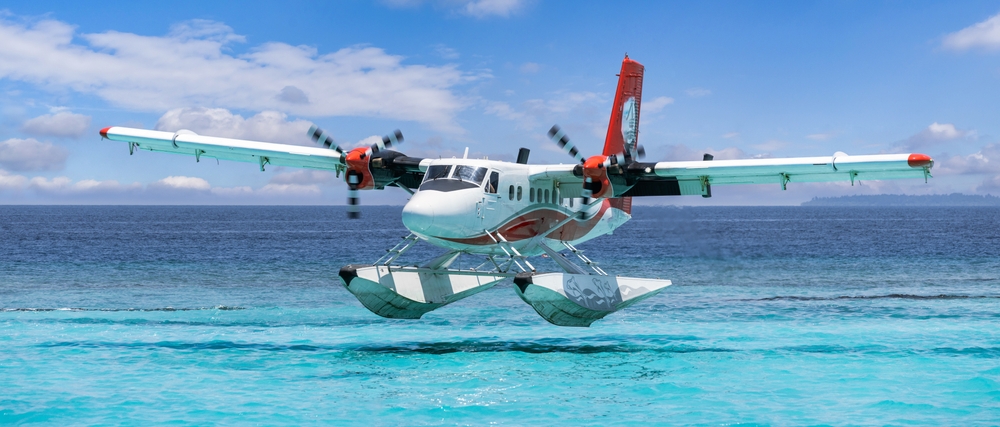
Seaplanes were crucial in the early days of international air travel, particularly for routes where land-based aircraft couldn’t operate due to a lack of airstrips.
The Impact of World War II on Aviation
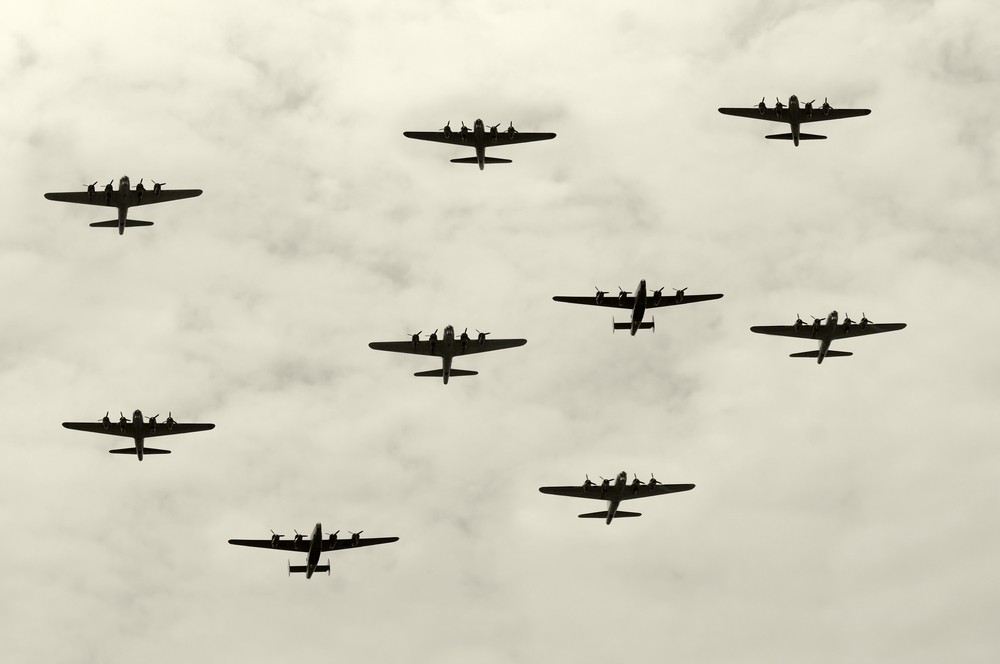
World War II accelerated advancements in aviation technology, from radar to more powerful engines, which were later adapted for commercial use.
The Role of Women in Aviation
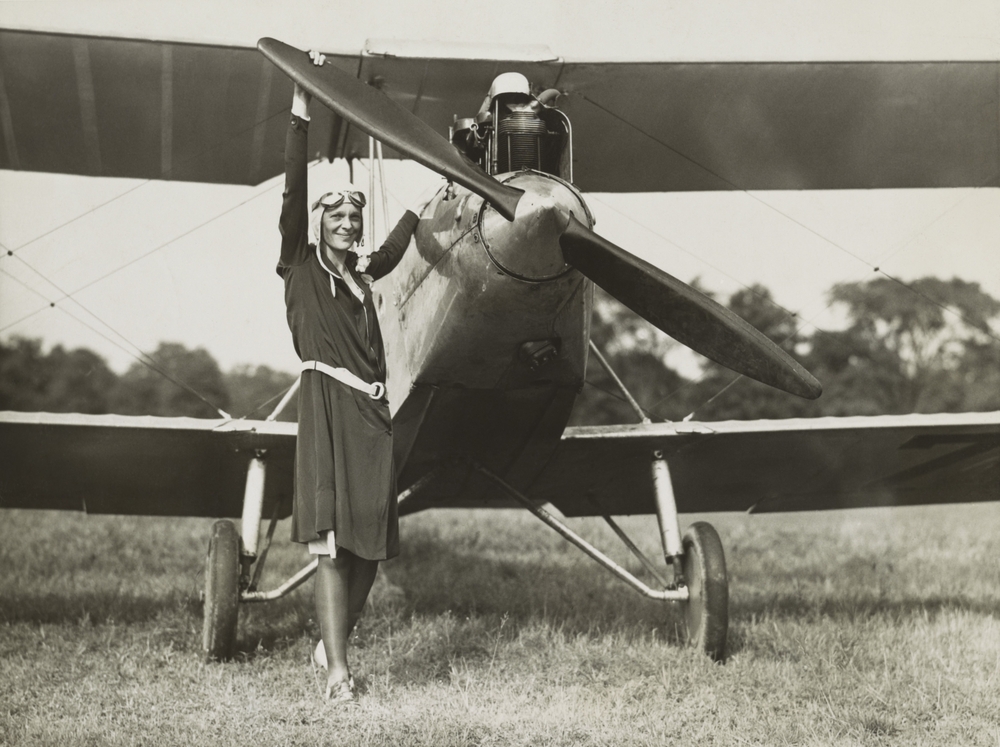
Pioneering aviators like Amelia Earhart not only broke records but also gender barriers, inspiring the inclusion of women in all aspects of aviation.
Development of Helicopters
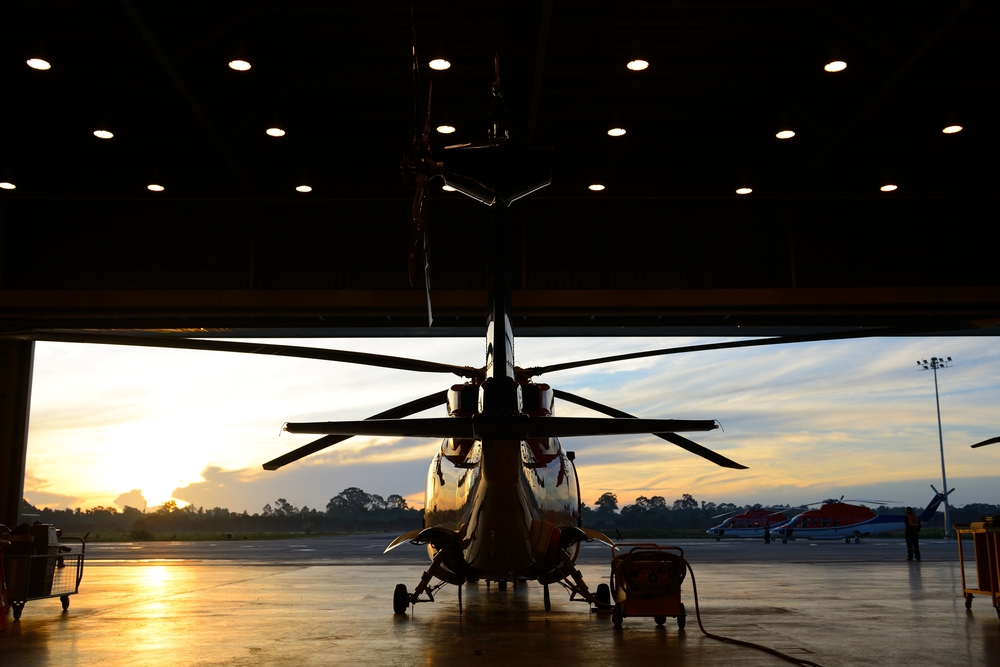
Although developed before the Golden Age, it was during this period that helicopters saw significant advancements, expanding their use from military to civilian purposes.
Introduction of the Black Box
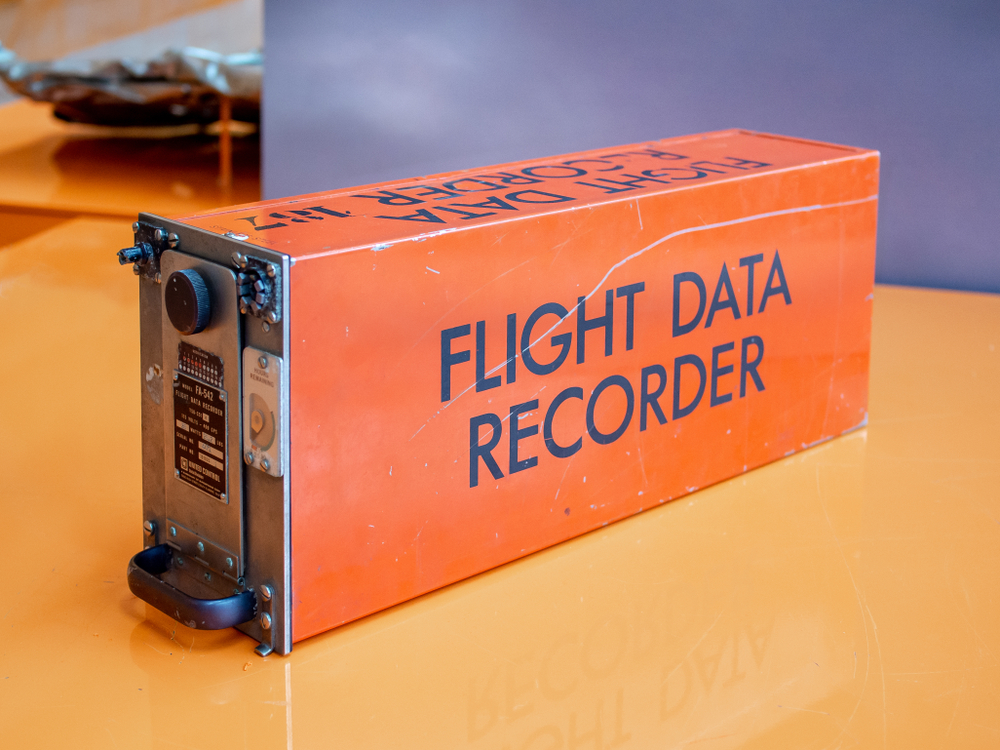
The invention of the flight data recorder, or “black box,” in the 1950s revolutionized air safety by providing vital information for crash investigations.
The Creation of International Airports
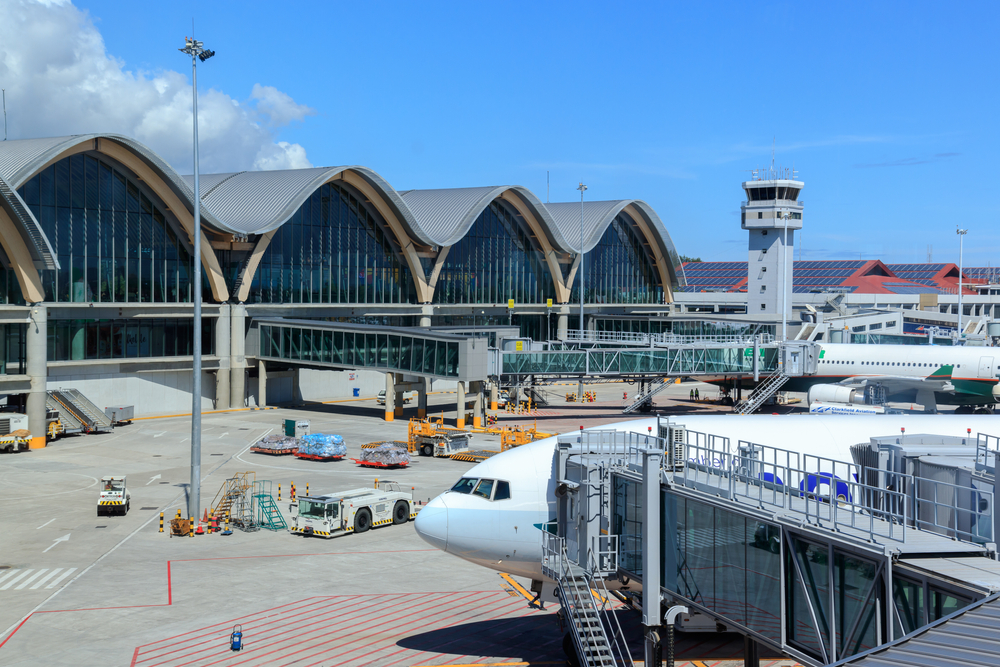
The expansion of global air travel necessitated larger and more sophisticated airports, leading to the development of today’s major international hubs.
Air Traffic Control Systems
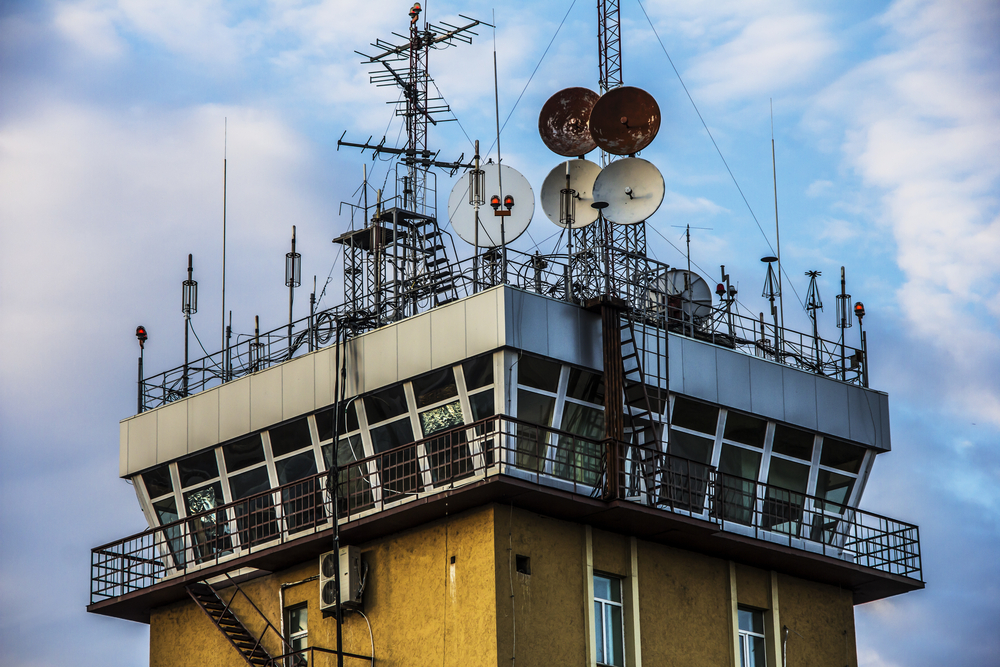
The formalization of air traffic control during this period helped manage the increasing number of flights, crucial for maintaining safe and efficient airspace operations.
Jet Age Begins

The introduction of commercial jet travel in the late 1950s brought faster and more efficient service, marking the end of the Golden Age and the beginning of modern air travel.
This article originally appeared on MyCarMakesNoise.
More from MyCarMakesNoise
The 10 Most Lavish Airlines for First-Class Passengers

In today’s world of air travel, flying has transcended mere convenience and speed, evolving into an art of indulgence and opulence for those who seek it. This article delves into the zenith of aviation luxury, spotlighting twelve of the industry’s finest carriers. Read More.
Celebrating the Best SUVs Ever Made

From traversing rugged mountain trails to navigating the dunes of vast deserts, sport utility vehicles (SUVs) have long captured the imaginations of adventurers and families alike. Representing a harmonious blend of power, durability, and versatility, these vehicles are more than just a means of transportation; they’re symbols of unbridled freedom and exploration. Read More.
The Most Extraordinary Motorcycle World Records

From the thunderous roars of engines to the blur of speed and the daredevilry of stunts, the world of motorcycling is brimming with heart-stopping action and exhilarating stories. We’ll look at feats of speed, daring jumps, unprecedented long-distance journeys, and some records that defy belief. Read More.

